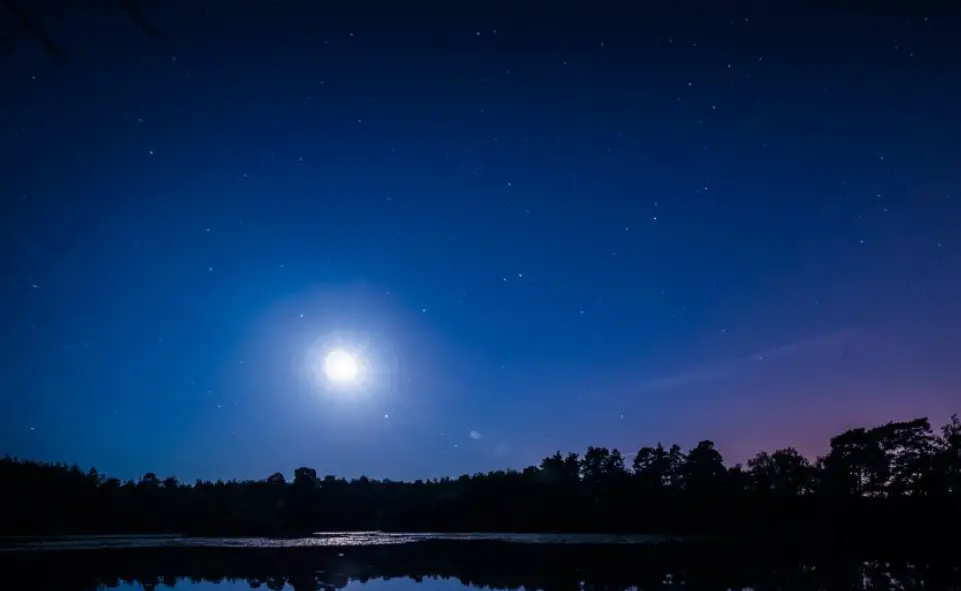Initially, the expression “morning star” caters distinctly to the most splendid planet that is Venus. More astonishing than any real star in the universe, Venus doesn’t seem to sparkle. However, it instead shines with consistent, brilliant light. The way that Venus was known as a “meandering star” before long ended up being undeniable to antiquated sky watchers, which saw its movement comparable with the foundation stars, moving from the eastern side toward the beginning of the day toward the western side when day fell. A prominent French space expert during nineteenth and mid-twentieth century, alluded to Venus as “Shepherd’s Star.” It’s more apparent at the beginning of the expressions “star of the evening” and “star of the morning” in case we just thought about Venus.
It can be seen from the naked eye. Like other planets/stars that shine bright, Venus stands on the top. However, its steady glow makes it unique. One of the reasons for its shine is its neighbor, Sun. Its revolving position changes in this manner, making it appear at various times. Indeed, the old Greeks and Egyptians felt that Venus was two separate parts. It resembles a star with an unaided eye. However, it is for sure a planet. Not at all like stars that radiate their light, Venus mirrors the light from the Sun.
The morning star may seem like just another ordinary star to you, but in reality it’s much more than that. The morning star caters distinctly to the most splendid planet that is Venus. More astonishing than any real star in the universe, Venus doesn’t seem to sparkle; rather, it seems to radiate a bright light that can only be found within the morning star.
Time to See Morning Star
Morning star is the second planet nearest to the Sun, and Earth ranks third. This plan makes it unthinkable that we might see Venus in the evening. However, this planet never adventures exceptionally far from the Sun during its circle and can thus just be seen at sunset or first light.
Consistently, there is a period or two of a couple of months which make it conceivable to notice Venus in the best conditions:
- either soon after nightfall (when it is “the Evening Star”);
- Or on the other hand, not long before dawn (when it is “the Morning Star”).
Phases of Morning Star
The periods of Venus are very articulated, and, similar to the Moon, this planet resembles a gibbous or a bow. It is by the by that hard to see a “full Venus,” for this current planet’s plate is enlightened just when it is inverse the Sun. Perception now is hence outlandish. Nevertheless, it’s amusing to watch the advancement of the periods of Venus consistently, especially when the sickle starts to thin. The apparent changes in the size of Venus can likewise be seen from one multi-week to another, as the bow expands while it disperses. This is because of the progressions in the distance between Venus and Earth.
Matter of Venus
Venus is a rough planet (otherwise called earthbound) and is frequently viewed as Earth’s “sister planet,” because of its comparative compound arrangement. Its scenes are fields, mountains, and volcanoes. This divine body is likewise about a similar size as our planet, with a distance across 12,105 km, or multiple times that of Earth’s.
In any case, the similarity stops there! Venus’ conditions are frightful, and in addition to the fact that temperatures reach up to 501 °C because of ozone harming substances, however, its air is an especially unbreathable mix. Made up generally of carbon dioxide and nitrogen, with a smidgen of sulfuric corrosive, hydrochloric corrosive, and even sulfur, this planet is undoubtedly not the primary you might want to visit one day.
![]()
